Hatcheries contribute significantly to the production of Pacific salmon; Eggers and Ruggerone et al. estimate 22-37% of the salmon produced in the Pacific Ocean are of hatchery origin. (Progress in Oceanography 115 (2013) 111-118)
Hatcheries have long played a necessary role in meeting harvest and conservaton goals for Pacific Northwest salmon and steelhead. (Report to Congress on the Science of Hatcheries, 2014)
There are only two River Systems in the world that are considered statistically significant for the production of salmon over 40 lbs, anywhere on the coast from Alaska to California, there is a 90% chance it's from the Wannock or the Kitsumkalum river.
Each year salmon return to their natal streams to spawn. Pacific salmon are semelparous; meaning that they spawn only once in their lifetime. After spawning the salmon die and their bodies are returned to the earth as food for other organisms or as nutrients for aquatic and terrestrial plants. Most Chinook salmon return when they are 4 years old; however, some runs return when they are as old as 7 years. Salmon runs containing 7-year-old Chinook salmon are quite uncommon. The Wannock River system consistently produces 4 and 5-year-old spawners. Wannock Chinook are known for being exceptionally large bodied and they are a prized sport fish on the B.C. Central Coast.
Returning spawner groups are known as brood years. Individuals from the returning brood year are caught in the river with the help of nets and their eggs and sperm are collected by fisheries technicians. These fish are known as broodstock. Sample data is collected from these broodstock fish. Data includes; location of capture, time, date, fish length, and scale samples. Overtime this information helps to show trends in capture location and timing.
The hatchery process begins with an eggtake. The reason for collecting salmon eggs and sperm and fertilizing them in a hatchery facility is simply based on survival percentages. In a controlled environment, such as a hatchery, environmental conditions are kept at optimum levels throughout the entire incubation and rearing period. As a result, overall survival rates are much higher when compared to in river incubation and rearing. This increase in egg to fry survival helps to offset low brood year returns; ultimately speeding run recovery.
Their longer lifespan provides more opportunity to feed and grow which allows them to reach greater sizes in terms of body mass. The Wannock River consistently produces 7 year old Chinook.
The timing of their return is predictable because of long term observation.

ADDRESS
Oweekeno Village
CONTACTS
Email: admin@pwhatchery.org
Phone: (604) 449-2040